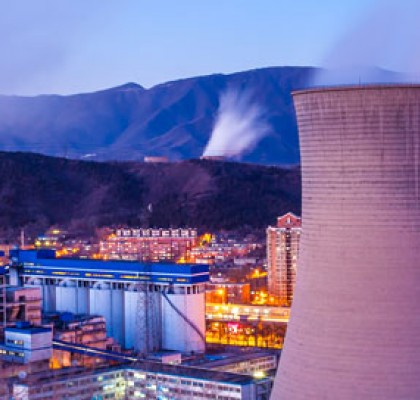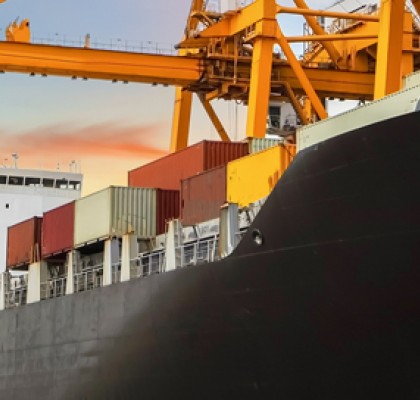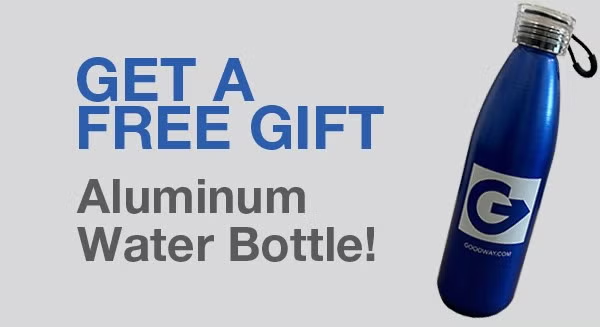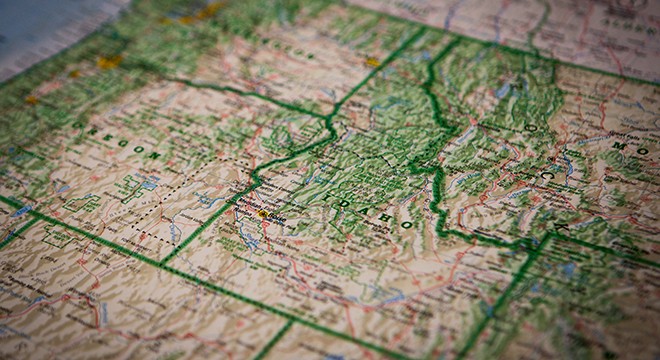Water Disaster Management

Water Disaster Management Tips: Coping with Floods, Broken Pipes, and Spills
Water disasters - major and minor, often occur without warning. Follow these practical tips for disaster prevention and cleanup.
Life happens, and sometimes it leaves behind a lot of liquid. How do you handle the clean-up from floods, broken pipes, and spills?
According to FEMA, floods are the most widespread of all-natural disasters. And a flood doesn't have to reach Biblical proportions to be a massive inconvenience or even damaging and dangerous.
Other disasters also present complex liquid cleanup challenges. Just a minor facility fire can leave you with water and debris on-site from firefighting efforts or a sprinkler system. Another wet mess to clean up.
Broken pipes occur even more often than floods and fires. The damage can be just as real and just as hazardous. Probably the most common of them all, everyday spills can become slick hazards. Oil, printer's ink, chemicals, food spills, plumbing overflows - all need to be cleaned up quickly. Your emergency response and equipment can make the difference between an inconvenience and a disaster.
Here are some tips, based on FEMA guidelines, for handling water disasters and spill cleanup:
- KEEP YOURSELF SAFE. Take a moment to think before jumping into cleanup efforts. Is there an immediate threat to your safety? Has the gas, or electric supply, been compromised by the accident? Does the equipment need to be shut down? Is there any threat from dangerous chemicals? Is there anyone who should be immediately notified or evacuated?
- MATCH YOUR EQUIPMENT TO THE JOB. A standard wet/dry vac from the local hardware store takes care of most homeowner projects. Industrial settings often require something much more powerful. Your choice of equipment can make the difference between a 3-hour cleanup job and a 30-minute one. A faster cleanup minimizes danger to employees and lessens the chance of damage to equipment and the facility. And if you're dealing with potentially hazardous liquids, you'll need a machine designed for the job, like a pump-out industrial vacuum. (see all pump-out vacuums here).
- PRACTICE PREVENTION. You can't hold back the Mississippi, but by faithfully following your equipment maintenance schedule, you could prevent a majority of facility fires and broken pipes. In addition, regularly test your sump pumps and generators, to enable a swift and effective cleanup response.
- MAKE A PLAN. It pays to take time out from your schedule now to think through what would need to be done in the case of flooding, or a significant spill. Determine your safety and evacuation procedures, along with names of persons who should be notified. Post instructions near equipment that may need to be moved, or shut off. An overzealous or panicked employee could cause injury, or damage, by handling equipment improperly in the heat of the moment. If there is property damage, FEMA recommends that you first focus on saving undamaged property and later try to salvage partially damaged pieces.
Prevention, a well-planned response and appropriate cleanup of equipment, will help keep your personnel and facility safe.





